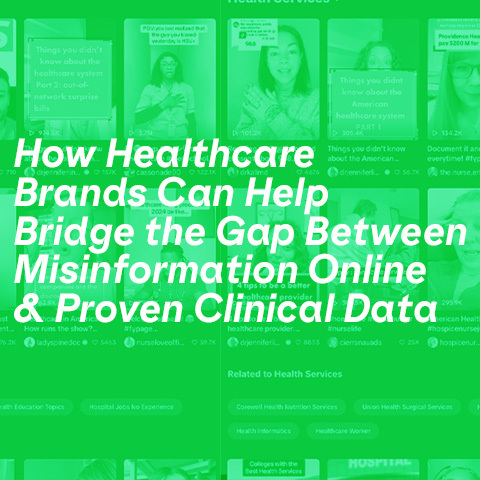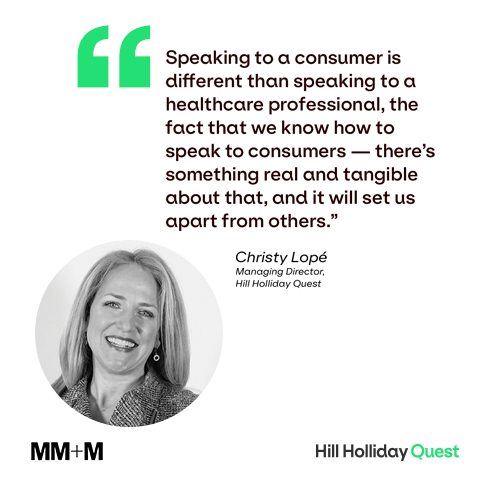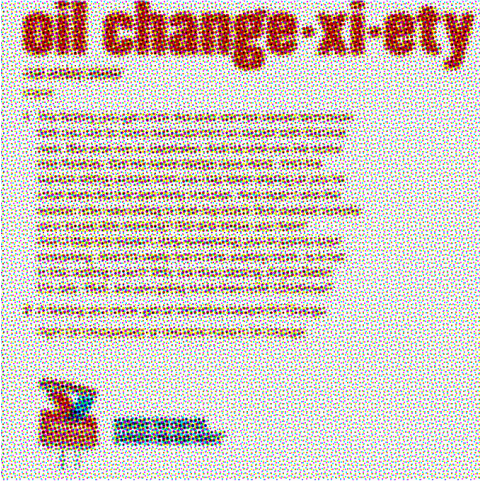

CMOs: How Integrating Your Data Team Can Produce Better Results
By Jeff Cavallo
As the first quarter of the year comes to a close, many marketers are taking stock of progress made on their 2023 goals, particularly as fears of continued inflation and greater economic turmoil compete for mindshare throughout the organization.
Whatever the challenges may be, many clients I work with struggle to build productive keystone habits around data and analytics that help maintain momentum. The most productive leaders realize the creative potential in these groups that can be utilized to tackle a series of marketing and marketing-adjacent problems throughout the year.
Here are five of the most pressing questions we’re hearing today and how integrating data and analytics can produce better results.
Facing fears of a recession, how do I protect my marketing budget?
Consistently restocking a catalog of opportunities for incremental growth is the lifeblood of effective marketing teams.
Many brands will earmark a small percentage of marketing budgets toward “test and learn” and to innovate in new media and untapped technology. Marketers should continue to push for innovation but act deliberately by challenging their teams with delivering one new marketing-led idea for growth each quarter.
To identify these opportunities, data practitioners can adopt a hypothesis-driven approach for campaign measurement, analyzing new data sets and engagements beyond the guardrails of their current strategic approach.
Ultimately, the best measurement plans are those that are laser-focused on commercial objectives, but flexible enough to test new strategies and validate marketing efforts in new settings.
The cookie is crumbling. How do we not fall behind?
After years of delays, Google’s plan to restrict third-party cookies on Chrome is finally expected to begin in 2024. In response, Digital storefronts rebuilt during the pandemic carry a new mandate as changes to the media landscape stand to obfuscate past benchmarks built on third-party data.
CMOs should direct new collaboration between data and product teams with one objective in mind: How can these new customer experiences be first-party data creators for our organization? Teams that build creative experiences with data collection that is mutually beneficial to the consumer and the organization will emerge as frontrunners in a cookieless landscape.
As customers adapt to post-pandemic life, how do we increase ROI?
In an age of advanced audience modeling, (higher) walled gardens, first-party clean rooms and a less measurable web, it’s easy for marketers to overlook the simple steps that build successful campaigns.
Marketers struggling to maintain ROI amid changing behaviors would benefit from rallying their teams to look upstream. Start by monitoring the fundamentals: the coverage of high-value audiences, the extent to which advertising is sustaining consumer attention and using that data to pair more complex messaging within durable channels that can deliver these communications over high frequencies.
How do we gain more impactful learnings from testing?
Every CMO should be motivating their teams to boldly test into higher order strategy shifts for tactics that are not meeting expectations. Where teams stall is managing organizational adversity to risk, particularly in creative.
To regain momentum, brands and agencies must organize their data teams for recurring opportunities to simulate the commercial impact of these ideas. Advertisers pushing innovation beyond their current messaging should engage researchers to create new consumer insights that help mitigate risk by quantifying the potential of adding new claims and product differentiators on consumer decision-making. As always with risk, fortune favors the bold.
As we face budget constraints, how do we cut back strategically?
The introduction of programmatic advertising unlocked a new, more efficient way for brands and agencies to execute their strategies at scale. The latest innovation of these AI-enabled platforms like Meta’s Advantage+ push the boundaries of what advertisers can achieve with minimal human intervention, creating new efficiencies, but increasing risk of machine learning bias.
When facing a budget cut, leaders should have data teams audit the delivery of all AI-enabled buying platforms and compare the audience of these campaigns to their current customer profile. Investments with unrepresentative attributes on race, gender, location and income are unlikely to drive long-term outcomes for the brand and represent low-hanging opportunities to create savings when budgets get tight.
The bottom line
Nearly every business set out this year with their own set of challenges: to turnaround lagging sales trends, launch new positioning, build on new consumer experiences or invest in their growing data strategy.
As new headwinds emerge, organizations that centralize their data teams can fortify marketing’s leadership in weathering new challenges and driving growth for the future.

































